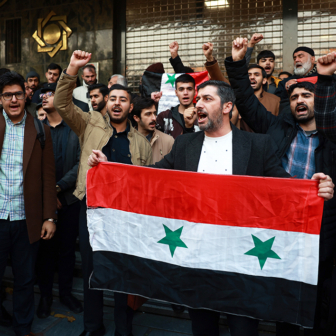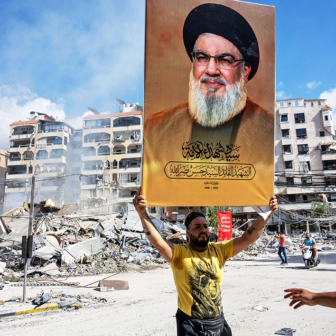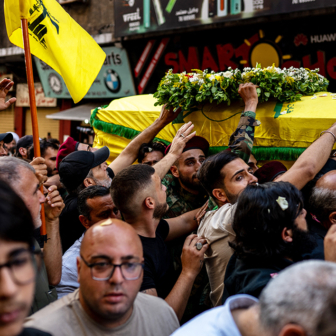IRAN GOES to the polls on 12 June 2009 to elect a president of that Islamic Republic, and surprisingly the outcome is in some doubt. The ultra-conservative president Mahmoud Ahmadinejad is seeking re-election for a second four year term, but the drop in oil prices and the faltering Iranian economy have left him weakened. And the new Obama administration in the United States has put significant pressure on all the presidential candidates to be clear about how they would manage this new era of potential “détente” between the US and the Muslim world generally, and between the hardline Iranian regime and the “great Satan” specifically. Ali Ansari is professor of Iranian history and Director of the Iranian Insitute at the University of St Andrews in Scotland. Via Skype from his home in St Andrews, he describes to Peter Clarke how the political momentum has sidelined the powerful Guardian Council, the economic downturn has changed the social and political dynamics, and the result could be a change of presidency.
Podcast theme created by Ivan Clarke, Pang Productions.




